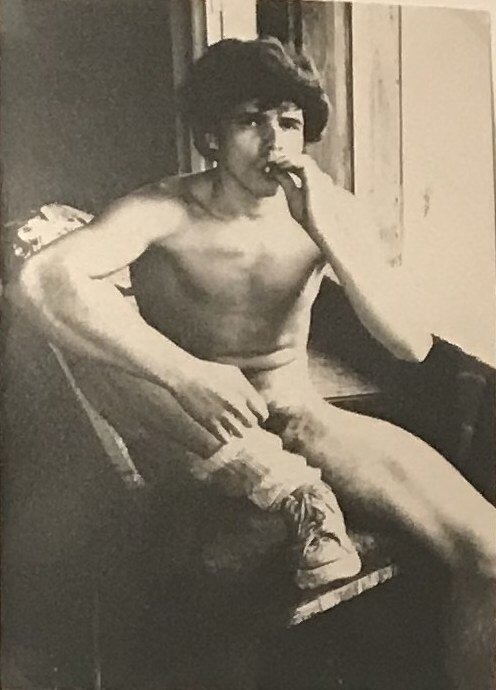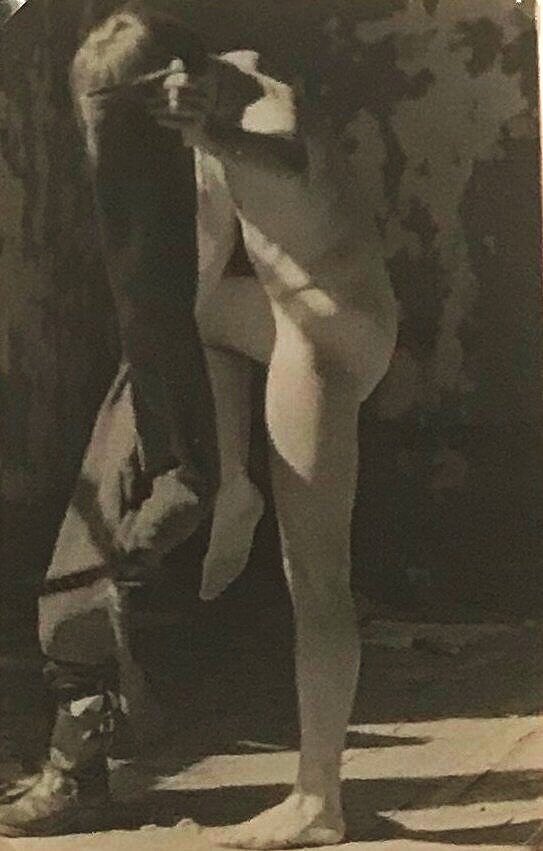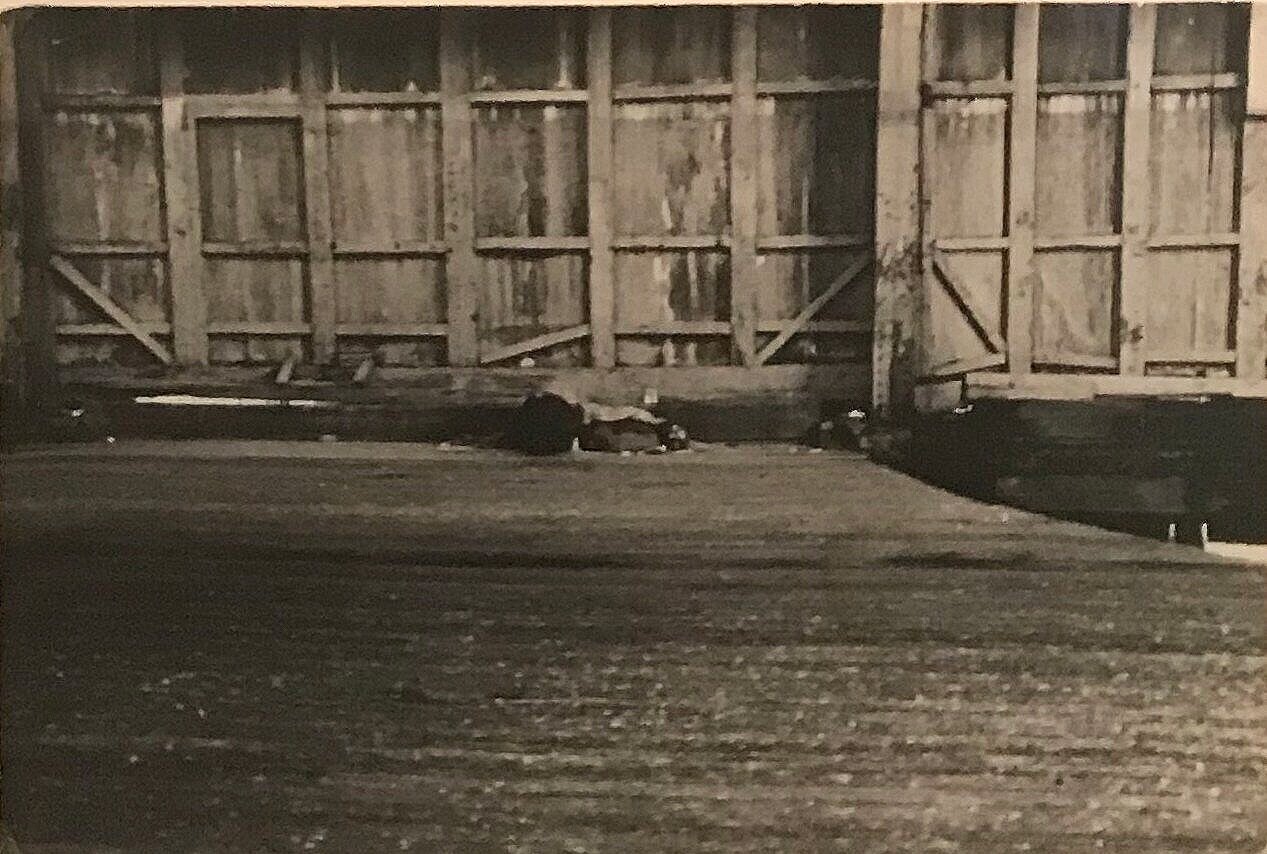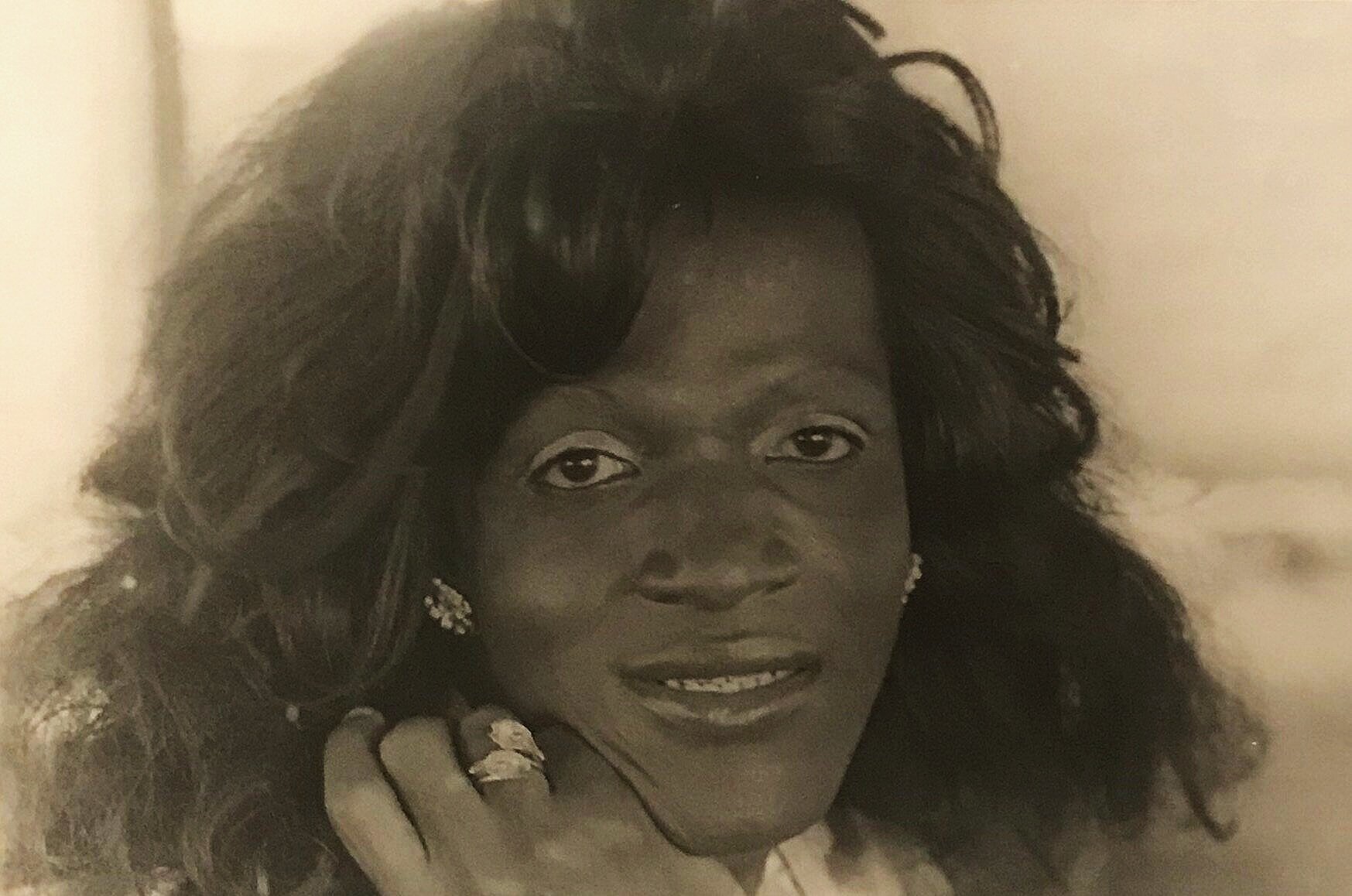Bronx Museum’s Alvin Baltrop Exhibit Pays Powerful Tribute to LGBT Community
By July Torres
A new exhibit at the Bronx Museum featuring photos by Alvin Baltrop captures the strength and beauty of the LGBT community in the 70’s and 80’s. Overlooked and under-appreciated until recently, Baltrop’s rare photography sheds light on gay culture, and shows his admiration for a community that was often overlooked during this time period.
Born on Dec. 11, 1948, Baltrop worked a series of jobs to make ends meet. When he joined the U.S. Navy as a medic in 1969, he began photographing sailors at leisure and managed to capture a sense of authenticity, as well as spontaneous moments at the New York City piers.
Baltrop’s exhibit is housed in a warm, spacious gallery where his photographs hang neatly against a bland, gray wall.
In his description of the exhibit, the museum’s Director of Curatorial and Education Programs, Antonio Sergio Bessa, wrote, “[Baltrop’s] photographs might strike the viewer as innocuous scenes of male bonding, but soon they reveal, by accrual, Baltrop’s erotic pursue.”
A number of pictures of nude men hang amongst pictures of vacant places and random scenery. His photographs hold a smidge of innocence, but deeper into the room, the rawness gives viewers insight into the photographer’s own desires.
These images make viewers experience feelings of curiosity Baltrop must have felt when taking them. It is clear when stopping to admire his photographs that he was displaying his appreciation for sexuality in the hectic environment of the 80’s.
Baltrop’s work is personal, yet he seemed like an outsider that archived his experiences with his camera as if in a diary. Whether done consciously or not, Baltrop’s photography is a form of documenting; through his lens, he recorded both his time in the Navy and at the piers in an unrehearsed way.
In spite of the nudity and innuendos, Baltrop’s photography does not come across as vulgar. The photographs are intimate and full of freedom, mostly depicting naked men who sunbathe comfortably around each other conveying peace. Nearly all of Baltrop’s photographs at the exhibit reveal skin. He seemed to appreciate the beauty of the male body, as it is a major focus in his art at the exhibition.
A photograph that stands out is the portrait of transgender activist Marsha P. Johnson, a pioneer who was at the forefront of the Stonewall Riots and gay rights movement. In the photograph, Johnson gently places her head on her hand and smiles subtly while Baltrop’s lens admires and captures her beauty. Johnson’s presence is so illustrious that it is difficult to miss this work of art in a sea of photographs.
In the 1960’s, bars in NYC were not granted licenses if they served gay people; police were able to get a warrant to raid Stonewall, where they arrested 13 people. Bar patrons fought back and supporters also joined, inciting the Stonewall Riots that lasted nearly six days. Johnson and her friend, Sylvia Rivera, helped find the organization Street Transvestite Action Revolutionaries (STAR), which sheltered homeless and transgender youth.
Manhattan’s West Side piers became a stint for the community in the 70’s and 80’s where gay men would sunbathe, cruise, and hook up. Later, the place was riddled with drugs, prostitution, and violent crimes, but even so, Baltrop was drawn to the piers and spent a significant amount of time there with his camera.
Through his lens, Baltrop saw and captured genuine moments of vulnerability and liberation. As soon as you enter the exhibit, you feel that his photographs are a primary source for the gay culture which existed at the time. The exhibit will run from Aug. 7 to Feb. 9, 2020.







